While it was only in 2021 that President Biden recognized Juneteenth as a federal holiday, the date has been observed across the U.S. in Black communities for decades, with celebrations that serve as a time of reflection and remembrance across generations.
Stories of resilience and triumph after enslavement are not limited to destinations across the U.S. Black people have fought against racism for equality and civil rights in cities, states and countries across the globe. Today, through historic preservation efforts, education and oral narration, their stories are shared, their lives honored and their legacies remembered worldwide.
If you find yourself in any of these places, plan a visit to learn more about the rich Black history and culture.
KwaZulu-Natal, South Africa
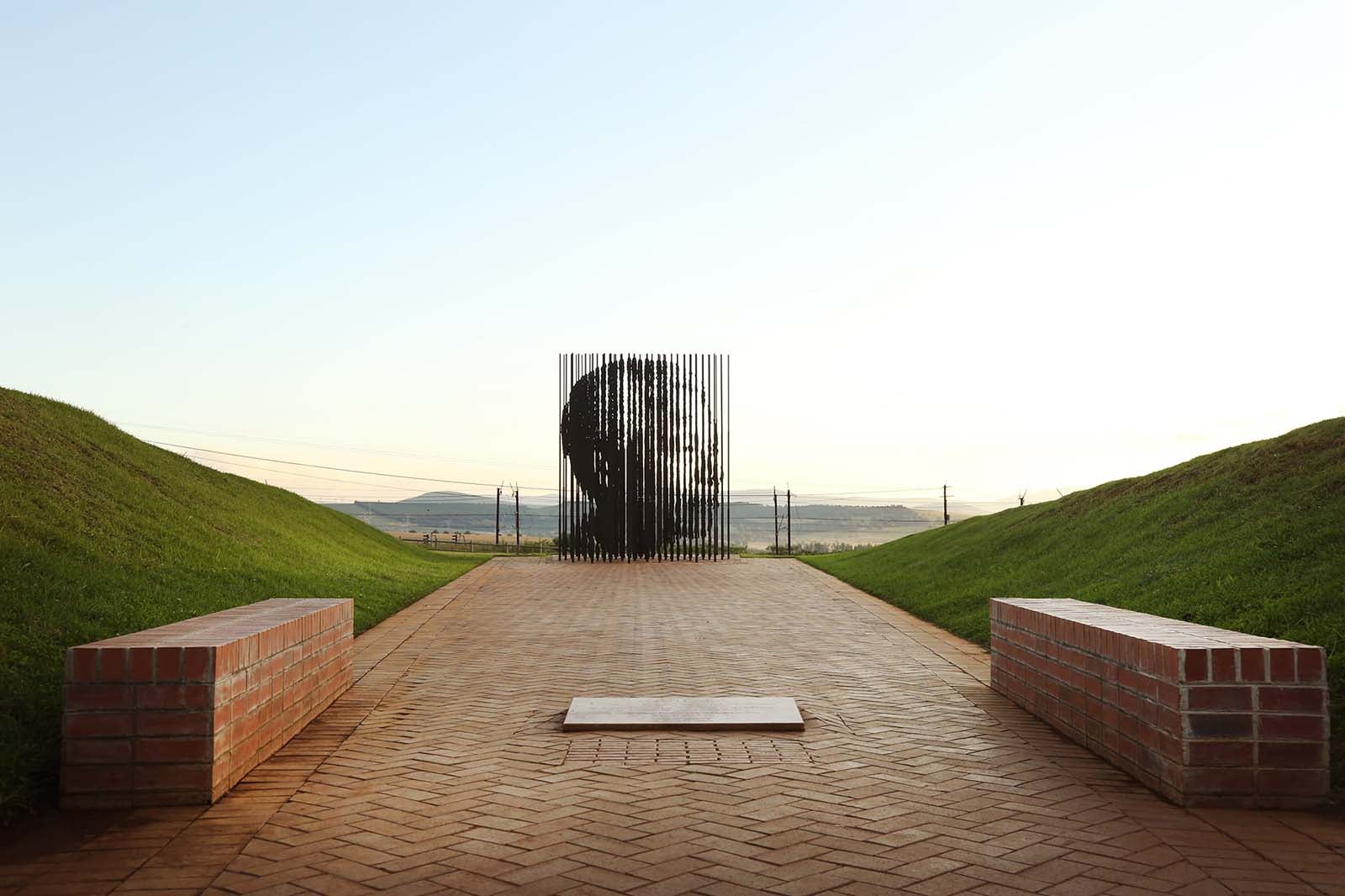
Nelson Mandela Capture Site
This historical tourist marker isn’t an ordinary stop along the road. The Nelson Mandela Capture Site honors his arrest on Aug. 5, 1962, on the outskirts of Howick in KwaZulu-Natal. It was this internationally famous arrest that led to his 27-year imprisonment.
The visitor center walks guests through his life and legacy and documents his contributions to history. There is also a virtual tour option for guests worldwide to enjoy.
Dakar, Senegal
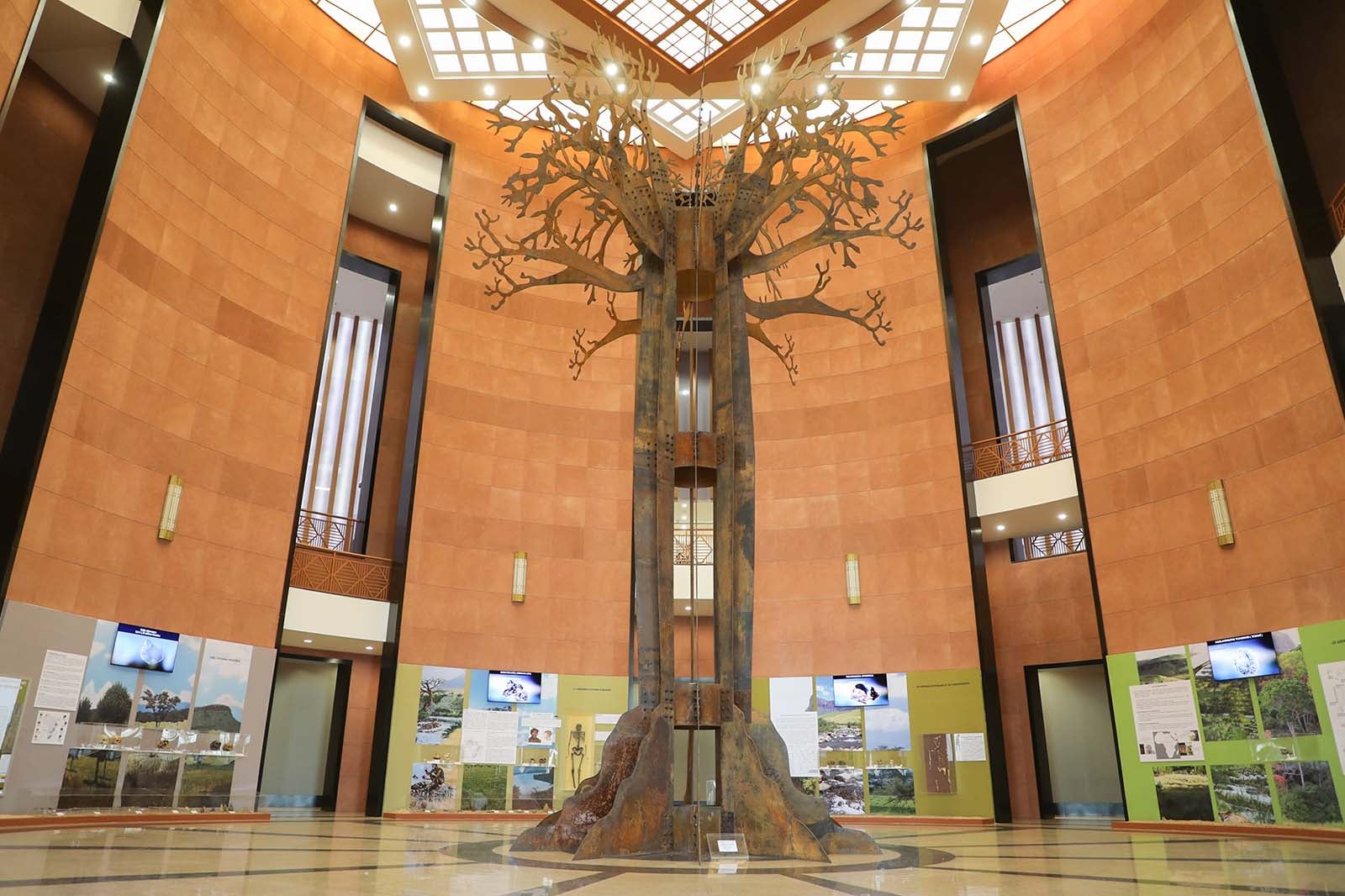
Museum of Black Civilizations
A relatively new facility, opening its doors in Dakar, Senegal in 2018, the 150,000-square-foot Museum of Black Civilizations can be described as a cultural reckoning, as it gives a new meaning to “welcome home.”
The museum’s curators have been monumental in bringing back artifacts (spanning centuries and continents) to the continent, which were stolen from Africa during the colonial period. Another focal point for the museum is a display of Black culture from contributors from around the world.
House of Slaves
Another noteworthy stop in Dakar is the UNESCO-inscribed House of Slaves. Here, honor is given to the victims of the largest slave trading center on the African coast: the island of Goree.
Enslaved people were brought from various parts of Africa, housed on Goree to be evaluated and “stored” in the slave quarters waiting to be sold into slave and sugar plantations. The colorful houses that line the coast are the homes of former slave traders.
Related: More than a month: These 7 destinations elevate Black culture year-round
London
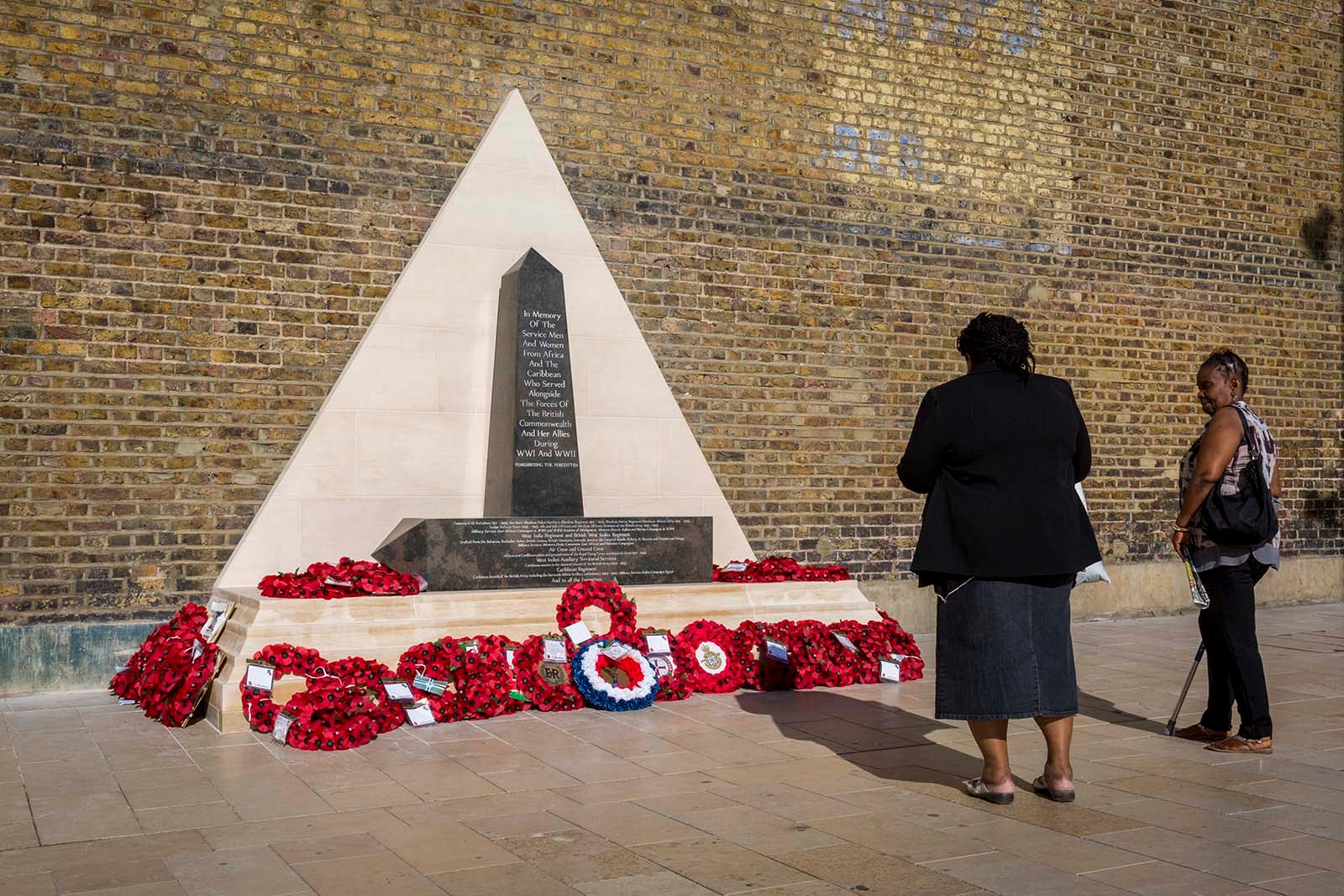
Mangrove Restaurant
Domestically and abroad, restaurants were often the epicenter for Black leaders to safely gather in periods of unrest to organize support, protests and other tasks critical to civil rights movements in their cities.
Opening its doors in 1968, The Mangrove — a Caribbean establishment in Notting Hill — found itself at the center of the civil rights movement in the United Kingdom. Owners and patrons were constantly harassed by the police and, despite much brutality, citizens continued to fight for equality through protests. The most famous protest resulted in the arrest of nine people, known as the Mangrove Nine.
While you cannot dine at the restaurant, the site remains open for all as a space of reflection and education about the events that occurred there.
American and Caribbean War Memorial
It was not uncommon for Black people to fight in wars even when they weren’t regarded as citizens or had human and civil rights. Their names are often not included in registries, leaving their stories of bravery untold.
Dedicated to the service men and women who fought for Britain in both the First and Second World Wars, the American and Caribbean War Memorial was erected in Brixton in 2017. The memorial honors over 2 million service persons.
Windsor, Ontario
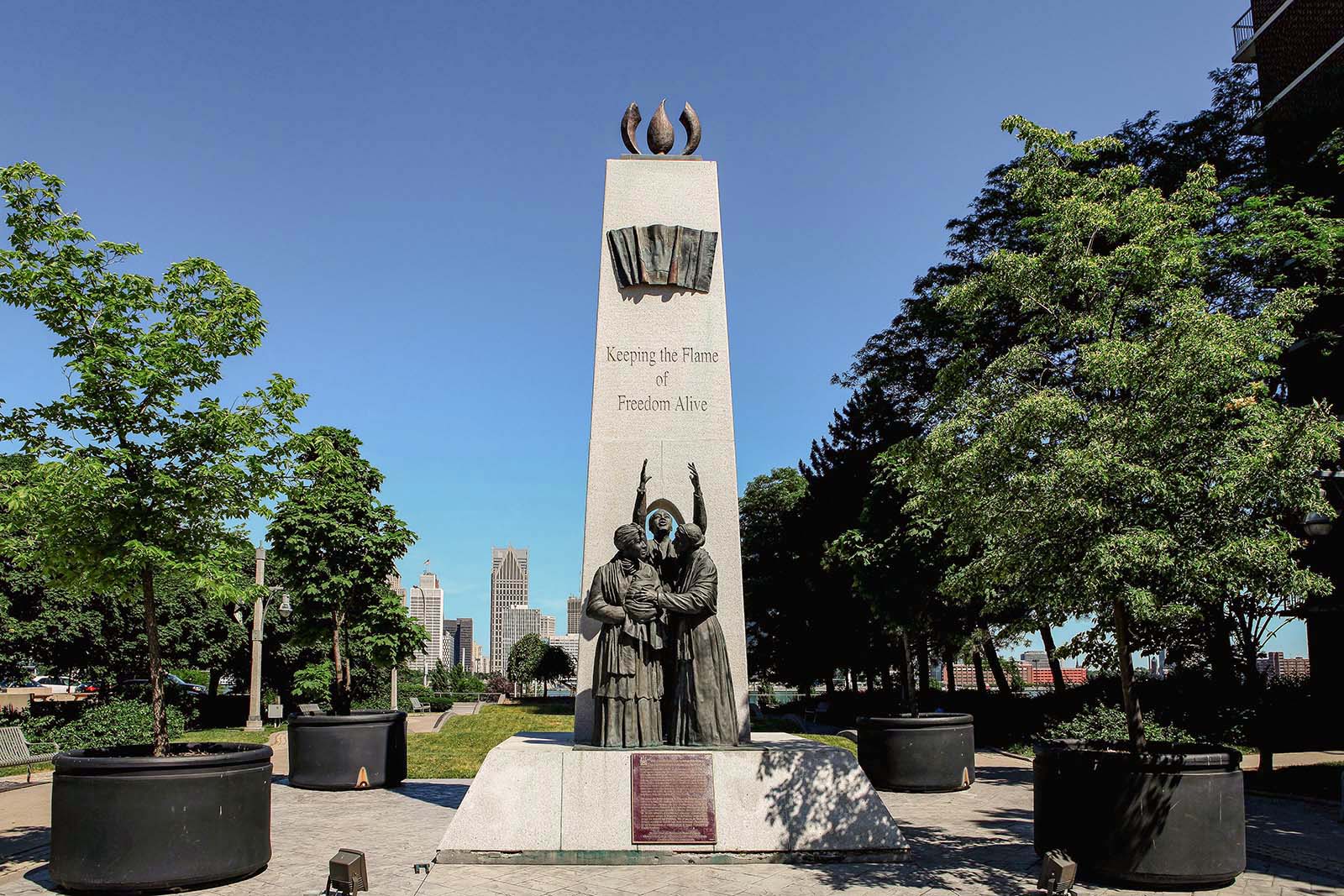
Tower of Freedom Underground Railroad Monument
Enslaved people used a system known as the underground railroad to escape from slavery into freedom. While American public school systems taught that the route was from southern to northern states, the railroad also extended into Canada and is an integral part of Canadian Black history.
Located in Windsor, the Tower of Freedom Underground Railroad Monument pays tribute to those who traveled the system and honors the newfound freedom of enslaved Black men, women and children. Visitors can also find the names and places important to the underground railroad on the monument.
Josiah Henson Museum of African-Canadian History
Formerly known as Uncle Tom’s Cabin, the Josiah Henson Museum of African-Canadian History was erected by a former slave, Josiah Henson.
Henson and his family escaped into Ontario via the underground railroad in 1830. Soon after, he purchased several hundred acres of land and created a haven for escapees.
The museum is full of exhibits narrating the tales of enslaved people escaping slavery in the southern parts of the U.S. into Canada through the underground railroad and living in the township.
Buxton National Historic Site & Museum
Alongside Lord Elgin, the former slave owner Rev. William King established the Elgin Settlement to provide a community for the enslaved Black people who found freedom in Canada.
At this historic site, tourists can learn about life on the 9,000-acre settlement and the Rev. King’s journey from slave owner to abolitionist.
Related: 10 destinations where you can learn about Black history in America
Mahates, Colombia
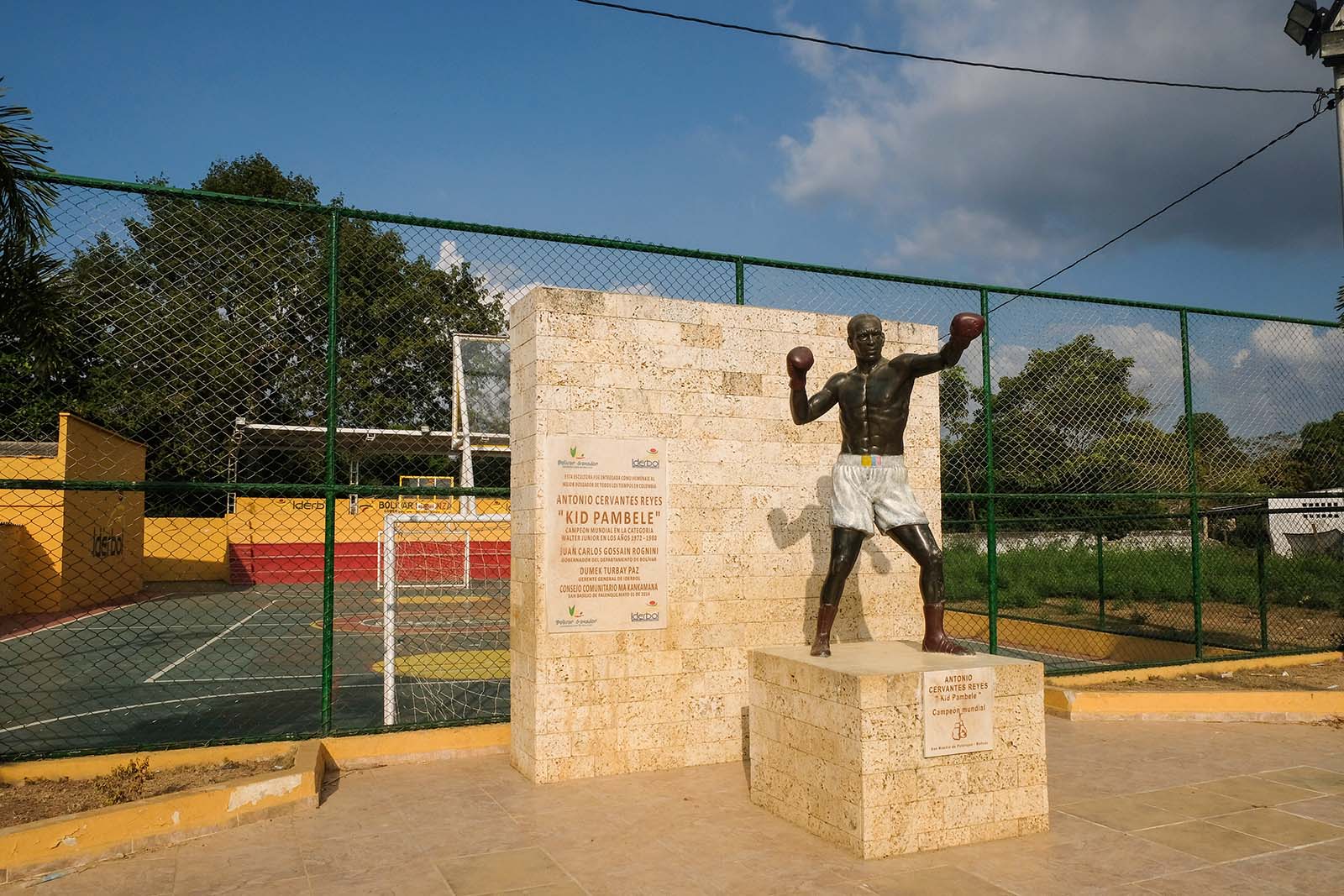
San Basilio de Palenque
So much of the Black culture and history throughout the Caribbean and Latin America derive from African influence, with many Black people in these regions historically sold into slavery. One such area lies a mere 90 minutes from the popular tourist destination of Cartagena, Colombia.
San Basilio de Palenque became the first free town for Africans in the Americas after the Spanish monarchy issued a royal decree in 1691 granting freedom to the people living in Palenque. The settlement was home to a small group of Africans who secretly lived in the area after escaping slavery, remaining home to about 4,000 people today.
A tour through the town is an authentic way to see, hear and taste the preserved traditions and culture of the Palenque people. They proudly share the success of boxing champion Antonio Cervantes and actor Evaristo Márquez.
Sao Paulo
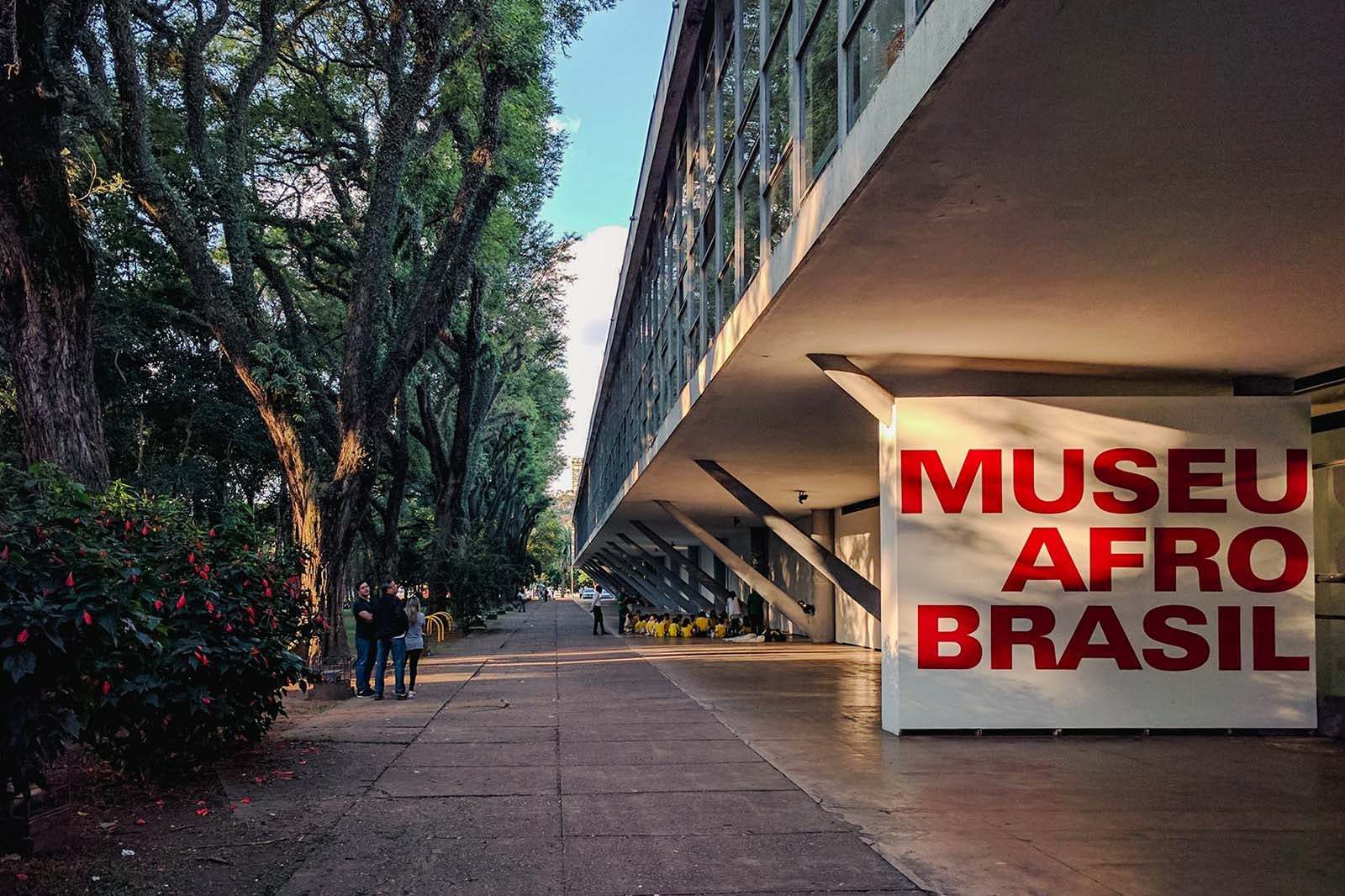
Museu Afro Brasil
Dedicated to preserving the history and culture of Black people in Brazil, the Museu Afro Brasil in Sao Paulo houses several thousand documents, artifacts, photographs and pieces of art chronicling life for both Africans and Afro-Brazilians.
The museum opened in 2004 with the private collection of curator Emanoel Araújo. Exhibits detail the realities of slavery, work and religion in the country while honoring the triumphs in the years since.
The museum’s curators and educators take great pride in creating immersive learning experiences that extend beyond traditional tours by offering workshops, lectures and storytelling events. There is also an option to view the collection digitally.
Martinique
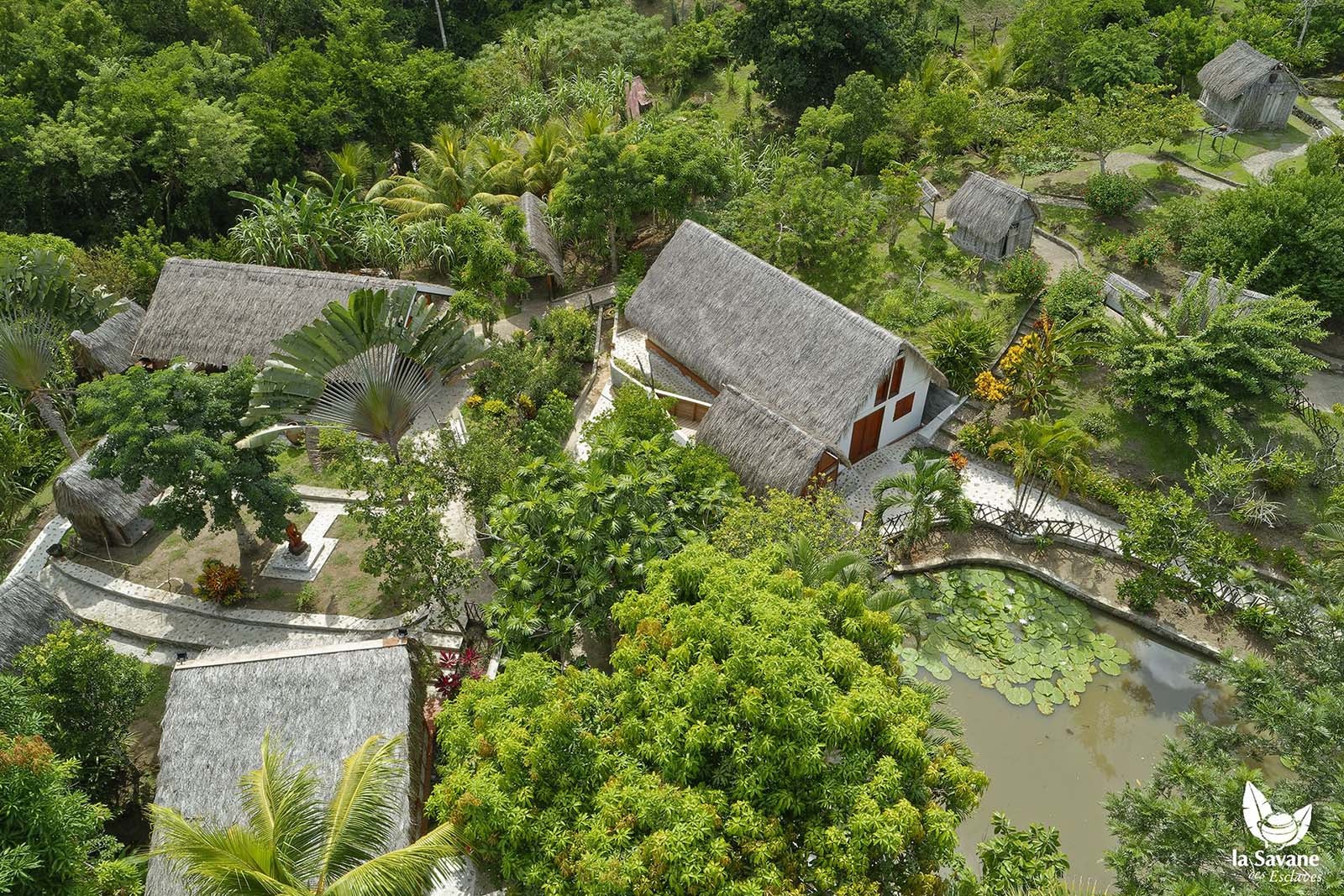
The Savanna of The Slaves
On the island of Martinique is La Savane des Esclaves (The Savanna of The Slaves). The combination of a tropical garden and a slave museum may seem odd. However, the two go hand in hand in outlining the history of Martinique and enslaved peoples’ reliance on nature for survival.
Each hut reveals a different part of history and culture, from enslavement to freedom following the abolishment of slavery. Visitors will learn about the progression of construction techniques, early farming tools and methods, and the medicinal properties of fruits, vegetables and plants.
Anse Cafard Slave Memorial
Also in the southwest region of Martinique, facing Diamond Beach, is the Anse Cafard Slave Memorial.
In 1830, a slave ship crashed into Diamond Rock Mountain. Among the people killed in the shipwreck were slaves chained to the cargo hold.
The statutes erected in 1998 by local sculptor Laurent Valère honor those slaves who lost their lives in the wreckage. It also honors the countless Africans taken to the island during the transatlantic slave trade.




